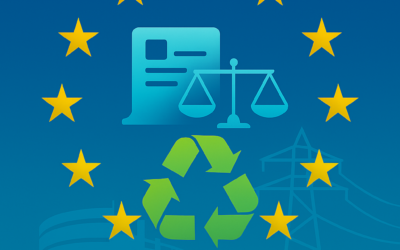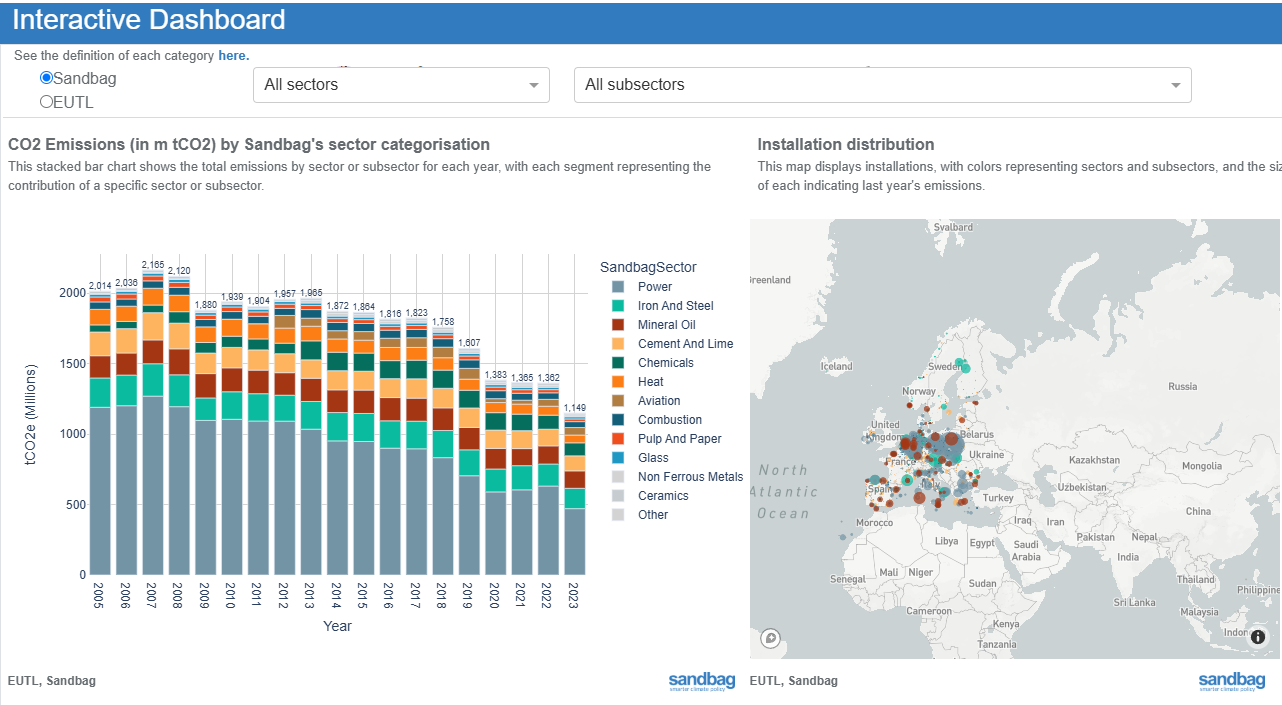Industry decarbonisation
We explore the potential of electrification, circularity, and other technologies to decarbonise energy-intensive sectors like steel, aluminium, and cement.
About industry decarbonisation
Decarbonising heavy industies is key to achieving the EU's net-zero target by 2050
Heavy industries (e.g. chemicals, steel, cement, non-ferrous metals, …) are used in sectors such as construction, transport and agriculture. These industries are amongst the biggest emitters.
Decarbonisation policies and solutions need to be improved and developed to make progress
- EU policies, such as the EU Emissions Trading System (ETS), should better incentivise decarbonisation.
- Electrification, substitutions, and circularity are obvious solutions to decarbonise industry.
- In some cases, other technologies such as hydrogen and carbon capture, utilisation and storage (CCUS) may be useful.
Our work
Conducting research
We analyse the potential of electrification, circularity, and other technologies such as hydrogen and CCUS.
We aim to identify actionable pathways and policy solutions to decarbonise heavy industries.
Evidence-based advocacy
We actively advocate for our data-driven and evidence-based policy recommendations through:
- Expert groups and alliances: We are part the Commission’s Climate Change Policy Expert Group (CCEG) on the Free Allocation Regulation, Carbon Border Adjustment Mechanism (CBAM) expert group for DG CLIMA and DG TAXUD, and DG GROW’s Clean Hydrogen Alliance.
- Collaboration: We collaborate with climate organisations around campaigns.
- Policy recommendations: We provide direct feedback to institutions through public and private outreach.
Read our analysis and policy recommendations
Steel labelling: Beyond the sliding scale
As EU policymakers debate how to certify low-carbon steel, Sandbag’s new briefing analyses the “sliding scale” method — and outlines why it may hinder rather than help decarbonisation. A new model is proposed based on product-specific benchmarks, multi-tier ratings, and circularity incentives.
Scrap Steel at Sea: How ship recycling can help decarbonise European steel production
As Europe seeks to decarbonise its steel industry, a new Sandbag report highlights an overlooked solution: high-quality scrap steel from retired ships. With up to 15 million tonnes of certified scrap available annually, ship recycling could meet 20% of EU steel scrap demand — if policy gaps are addressed.
Sandbag’s feedback to the call for evidence on the Circular Economy Act
Sandbag’s submission to the European Commission’s Circular Economy Act Call for Evidence highlights the importance of improving steel scrap quality, setting minimum recycled content requirements, and aligning carbon incentives to enhance circularity across the EU industrial sector.
Developing data tools
We develop data tools to analyse industrial emissions and to assess different technologies.
EU ETS Dashboard
Navigate emissions data of sectors covered by the EU ETS at various granularity levels.
Our messages
On steel
- Free allocation in the EU ETS should be phased out.
- Before this is done, free allocation should be done in equal amounts for a given type of product (long or flat) regardless of feedstock and production route
- Carbon Border Adjustment Mechanism (CBAM) should attribute embedded emissions to steel scrap to prevent circumvention.
On hydrogen
- Avoid unnecessary demand for green hydrogen in sectors with better alternatives.
- Distribute aid fairly across competing solutions, prioritising low-carbon, resource-efficient alternatives like recycling and organic fertilisers.v
- Reform EU criteria for green hydrogen to prevent overreliance on fossil fuels and price volatility.
Get involved and support us towards this effort!
We need to improve decarbonisation policies and develop solutions to achieve the EU’s net-zero targets by 2050.

WHAT WE DO
TOOLS
PUBLICATIONS
NEWSLETTER
Mundo-b Matogné. Rue d’Edimbourg 26, Ixelles 1050 Belgium.
Sandbag is a not-for-profit (ASBL) organisation registered in Belgium under the number 0707.935.890.
EU transparency register no. 277895137794-73.
VAT: BE0707935890.




